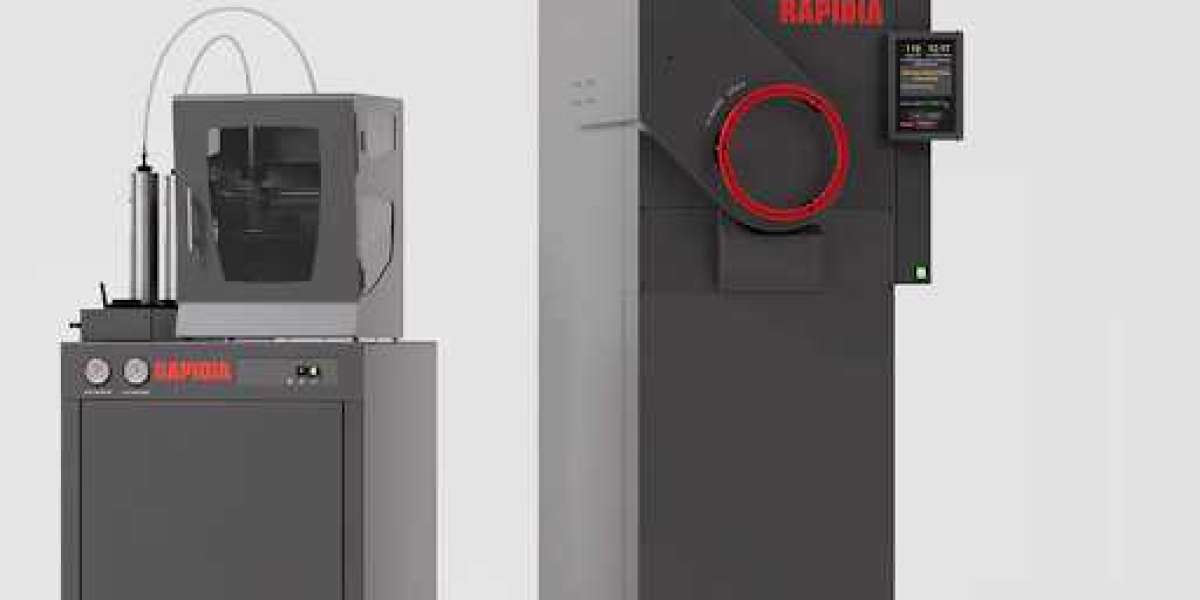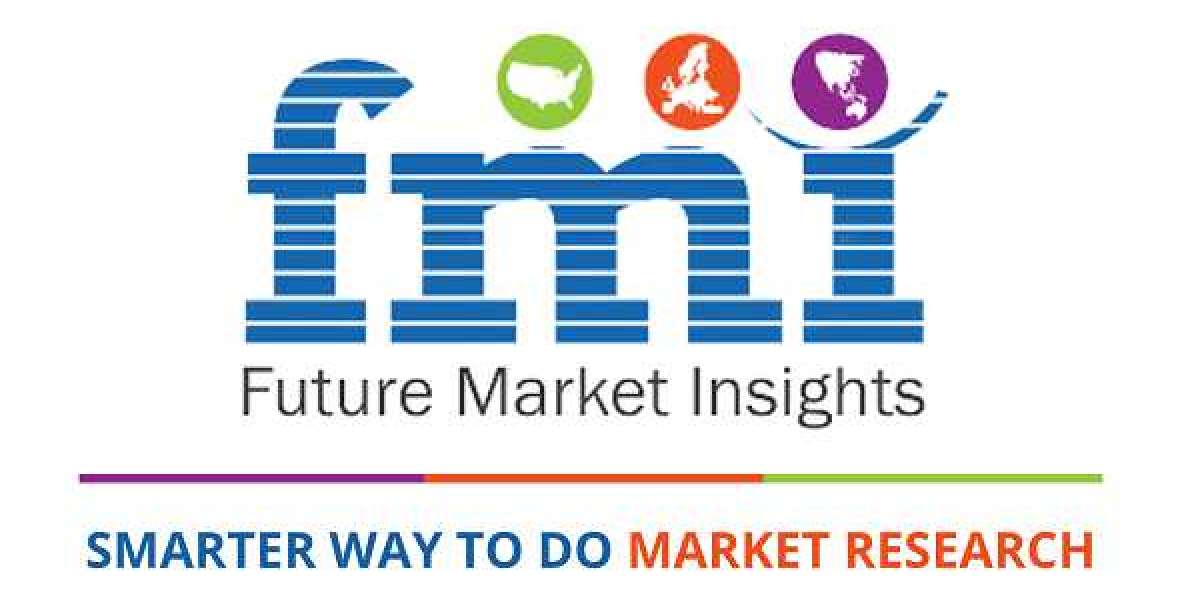In the realm of modern manufacturing, innovation is the driving force propelling industries into new frontiers. Two technologies, in particular, have been making waves — Metal 3D Printers and FDM (Fused Deposition Modeling) printers. In this blog, we embark on a journey into the captivating world of additive manufacturing, exploring the capabilities of metal 3D printers and the evolution of FDM technology.
Metal 3D Printers: Forging the Future of Precision
The Marvel of Metal Additive Manufacturing
Metal 3D printing, also known as metal additive manufacturing, has emerged as a revolutionary force in the production of intricate and durable components. Unlike traditional subtractive manufacturing methods that involve cutting and shaping materials, metal 3D printers build objects layer by layer from digital models.
Key Features of Metal 3D Printing
- Diverse Metal Options: Metal 3D printers can work with a wide array of metals, including stainless steel, titanium, aluminum, and even precious metals like gold and silver. This versatility allows industries to create components with specific material properties tailored to their applications.
- Complex Geometries: The layer-by-layer approach of metal 3D printing enables the fabrication of highly complex and intricate designs that would be challenging with traditional methods. This capability is especially advantageous in industries like aerospace and healthcare.
- Reduced Material Waste: Traditional manufacturing methods often result in significant material waste because of the need to cut and shape raw materials. Metal 3D printing is a more sustainable alternative as it generates minimal waste, utilizing only the amount of metal required for the final product.
- Customization and Prototyping: Metal 3D printing facilitates rapid prototyping and customization. It allows engineers and designers to test and iterate designs quickly, reducing time-to-market and enabling the creation of bespoke components tailored to specific needs.
FDM Printers: The Evolution of Layered Precision
The Growth of Fused Deposition Modeling
Fused Deposition Modeling (FDM) represents a significant evolution in 3D printing technology. It operates on the principle of layer-by-layer deposition of thermoplastic materials, creating robust and functional prototypes and end-use parts.
Noteworthy Aspects of FDM Printing
- Material Versatility: FDM printers can work with a variety of thermoplastics, including ABS, PLA, PETG, and more. The availability of different materials allows for flexibility in choosing the right material properties for the intended application.
- Cost-Effective Prototyping: FDM technology has become a cornerstone in rapid prototyping. Its cost-effectiveness and speed make it an ideal choice for engineers and designers looking to validate concepts and test designs before moving to full-scale production.
- Accessible Desktop Printers: One of the remarkable aspects of FDM technology is the availability of desktop printers. These compact and affordable machines bring 3D printing capabilities to small businesses, makers, and enthusiasts, democratizing the manufacturing process.
- Layer Resolution and Surface Finish: Continuous advancements in FDM technology have led to improvements in layer resolution and surface finish. While not on par with the precision of metal 3D printers, FDM printers can produce high-quality parts suitable for a range of applications.
The Synergy: Metal 3D Printing Meets FDM Technology
While metal 3D printers and FDM printers cater to different niches within the additive manufacturing landscape, there's a growing intersection of these technologies. Manufacturers are exploring ways to combine the strength and precision of metal 3D printing with the accessibility and versatility of FDM technology.
Applications of the Synergy
- Hybrid Prototyping: Integrating metal 3D printing with FDM allows for the creation of hybrid prototypes. Engineers can combine metal components with thermoplastic elements, enabling comprehensive testing of designs that involve both materials.
- Tooling and Jigs: FDM technology proves invaluable in producing tooling and jigs used in metal 3D printing processes. The speed and cost-effectiveness of FDM make it an efficient solution for creating custom fixtures to support metal printing operations.
Conclusion
The convergence of metal 3D printers and FDM technology paints a compelling picture of innovation and collaboration in the manufacturing sector. The precision of metal additive manufacturing meets the accessibility of FDM printing, creating a tapestry of possibilities that span industries and applications. Explore the possibilities, embrace innovation, and witness the fusion of metal 3D printing and FDM technology shaping the future of how we create and build.



